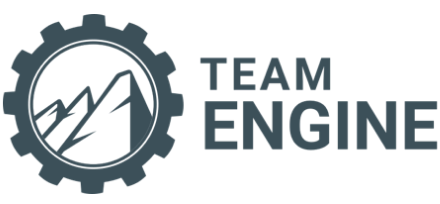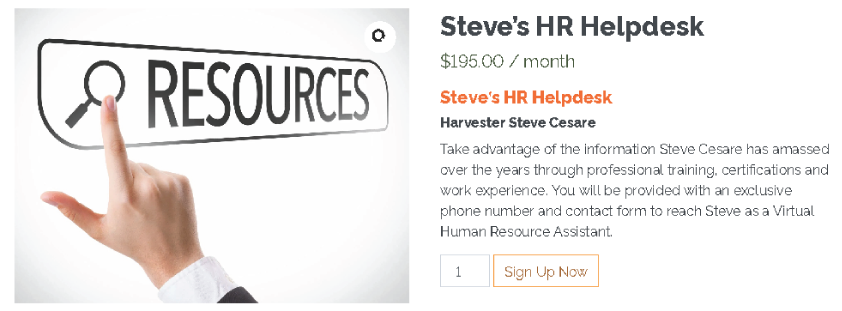
HARDWIRE, UNWIRE, REWIRE
Steven Cesare, Ph.D.
A prescient business owner from Missouri called me the other day to talk about the Change Management Venn Diagram that fundamentally postulates “change” occurs across multiple dimensions (e.g., industry-wide, company-based, personally-oriented) with variable degrees of overlap, complexity, imminence, and pace, producing ongoing decision-making scenarios.
Our initial conversation began with her 30-minute preamble serving as an assessment of those myriad change factors impinging upon her, and her current and anticipated responses to them. You already know many of these same issues: increased pressure to adopt electric field equipment, implementing the new BOSS system, a detached and self-absorbed workforce, lack of formal SOPs out of fear of being labeled bureaucratic and controlling, lengthening vendor delays, interminable cost pressures, addressing ever-demanding customers, evaluating the company’s anticipated life cycle, as well as personal circumstances (e.g., physical health, burnout, grand/children issues, work-life balance, spousal time, aging).
They never really stop; their ordinal position simply changes due to shifting priorities.
But they never really stop.
The business owner’s self-evaluation was truthful, contextual, and insightful. Periodically, she earnestly acknowledged that she had to force herself to adapt to these dynamic features to sustain personal and organizational success, though she was uncertain of the precise path forward.
Avoiding the remedial action plan approach, I suggested she consider a more conceptual framework as an overview before commencing with specific behaviors. Taken directly from Lewin’s three-step model of organizational change, I offered the “Hardwire, Unwire, Rewire” approach to help her see the inevitable change management stages across multiple boundaries.
Hardwire: This is the normal functioning state, based on years of experience, practice, and reinforcement, from which we have adopted routines, mindsets, and “best practices” that allow us to perform successfully. Our approaches to problem solving, dealing with people, and decision-making become increasingly “hardwired” into our thoughts, performance, and expectations. It’s the way each of us conducts oneself; people are creatures of habit. While that inveterate view makes us efficient at the tactical level, it calcifies us at the developmental level, restricting our growth, adaptation, and evolution. In a word: resistance. Ask someone to try something different from their normal protocol and observe their defensive reaction.
Unwire: This is a stressful state, leaving the comfort zone, either by choice or necessity. For the business owner, due to company growth, she must learn to respect the chain of command; she cannot simply bypass multiple layers and fix a problem. That worked when she had 25 employees, not 85. Readjusting her role from owner to coach, feeling like she is losing executive-level status and authority, when in fact she is really learning a new skill set to hold others accountable indirectly, guiding them vicariously, and reframing her hardwired unidimensional focus from today’s concrete problems to planning for uncertain future change (e.g., new branch acquisition, legacy transfer, trusting her executive team). Her once-hardwired confidence will soon be overtaken by palpable anxiety. It takes time to unwire a person’s mindset; a lot of time.
Rewire: This is a fragile state, as the person begins to learn, implement, and refine the “change” element into his/her newly-configured consciousness. While detailed, weekly, multidimensional (e.g., affective, behavioral, cognitive) feedback is critical at each of the three phases, it is imperative to gradually support and solidify this tenuous step of rewiring. It’s all different now. Get a personal coach, meet frequently with other executives, communicate with trusted sources to share doubts, document progress, apply reinforcement, and savor success. It takes a lot time to rewire a person’s mindset; a lot of time.
Maybe you didn’t hear me: It takes a lot of time to rewire a person’s mindset; a lot more time than you think.
By way of extension, this three-step process will not only help the business owner improve herself systematically, it will also help her to apply that same framework in her burgeoning rewired coaching role as she helps others traverse their own personal, departmental, or organizational change management process as well.
If you have any questions or comments about this topic or anything else related to human resources, Sign Up for Steve’s HR Helpdesk!
Check Out Harvester Steve Cesare’s
NEW OFFERING!
Harvest Group Partners


Click the icon below to download the Harvest Group Mobile app!
What do you want to learn more about?
The Harvesters want to know what topics you would like to see us discuss. Click below to submit your ideas!



